I am a first year Electrical Engineering student. Next week I have my exams on Op Amps and their applications and such.
While looking at the op amps, there was always this one this that was confusing to me: in a non inverting amplifier, the inputs of the op amp are both zero, since the one at the +-pole is grounded. But when they are both zero, how can there be any amplification? I would think that you can just draw the line of the circuit, without writing down the op amp, since no current flows in the inputs of the op amp.
I really hope anyone can help me, since my teachers only really gave me how to solve it. I know how to solve op-amps, but not the logic behind them.


